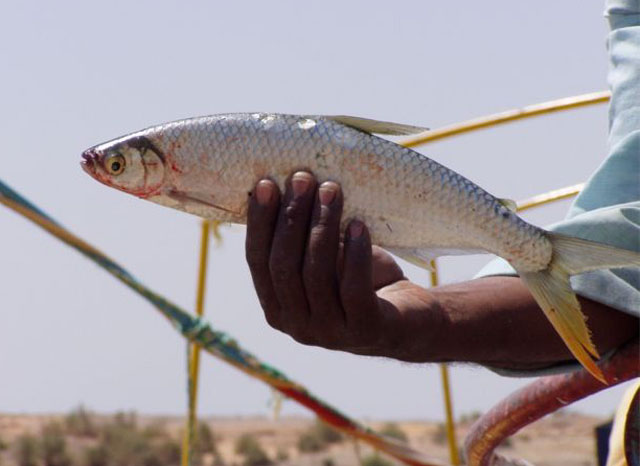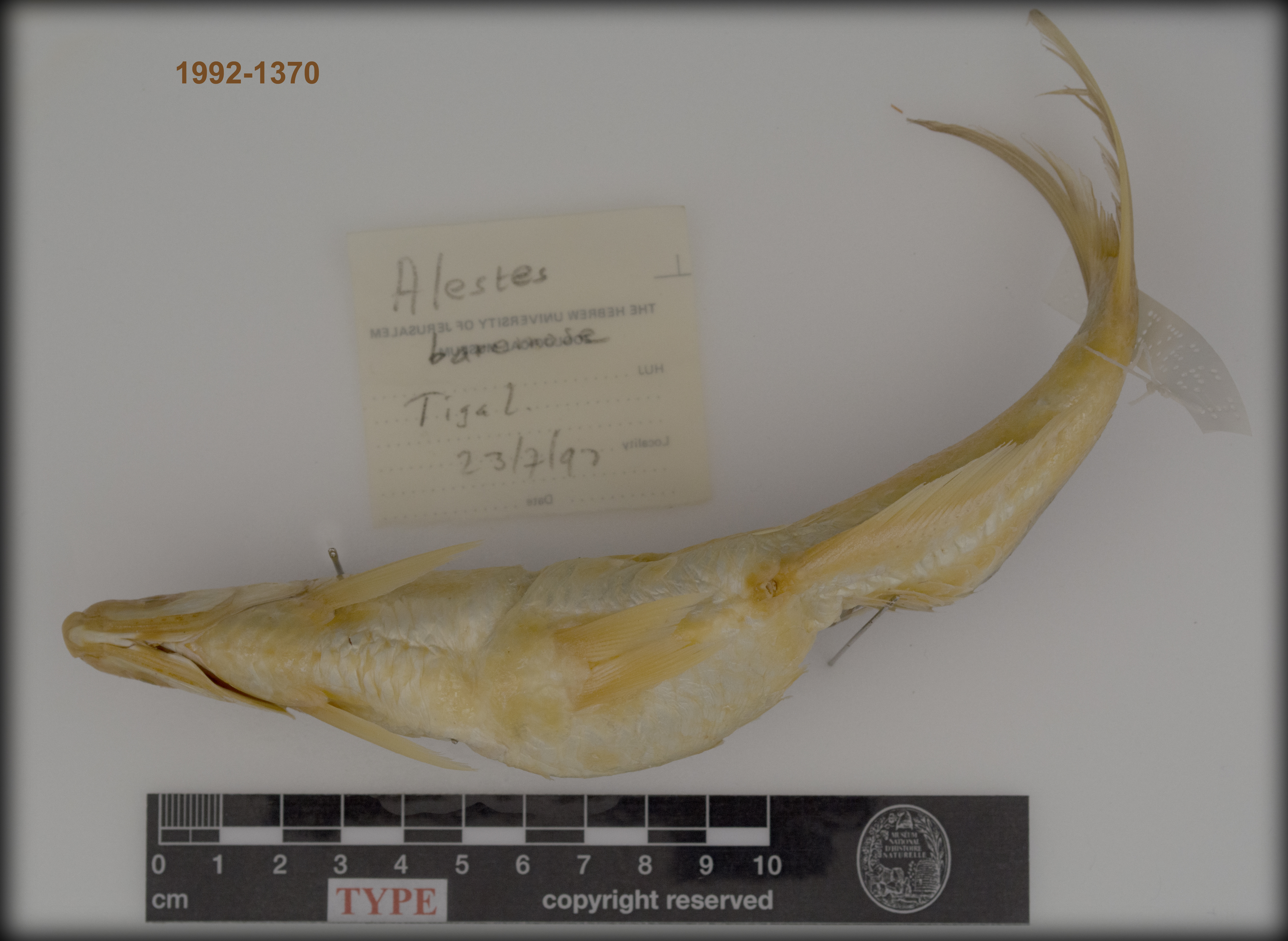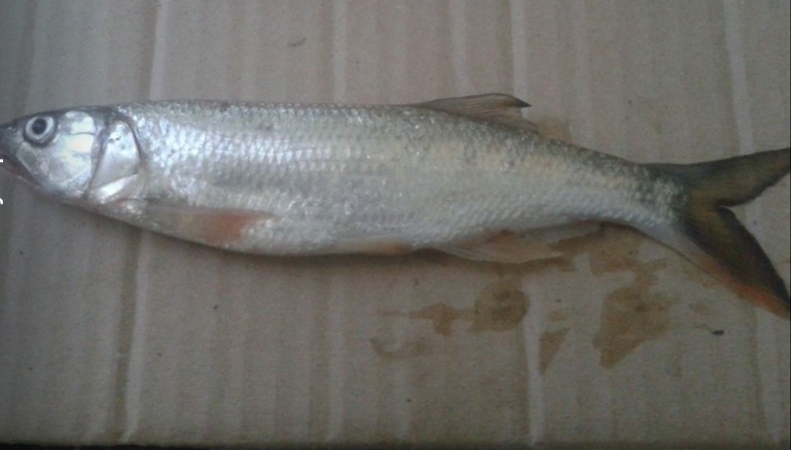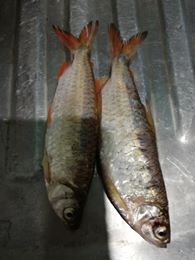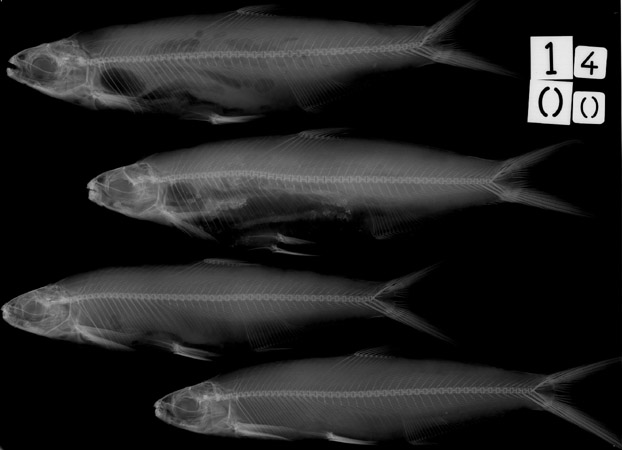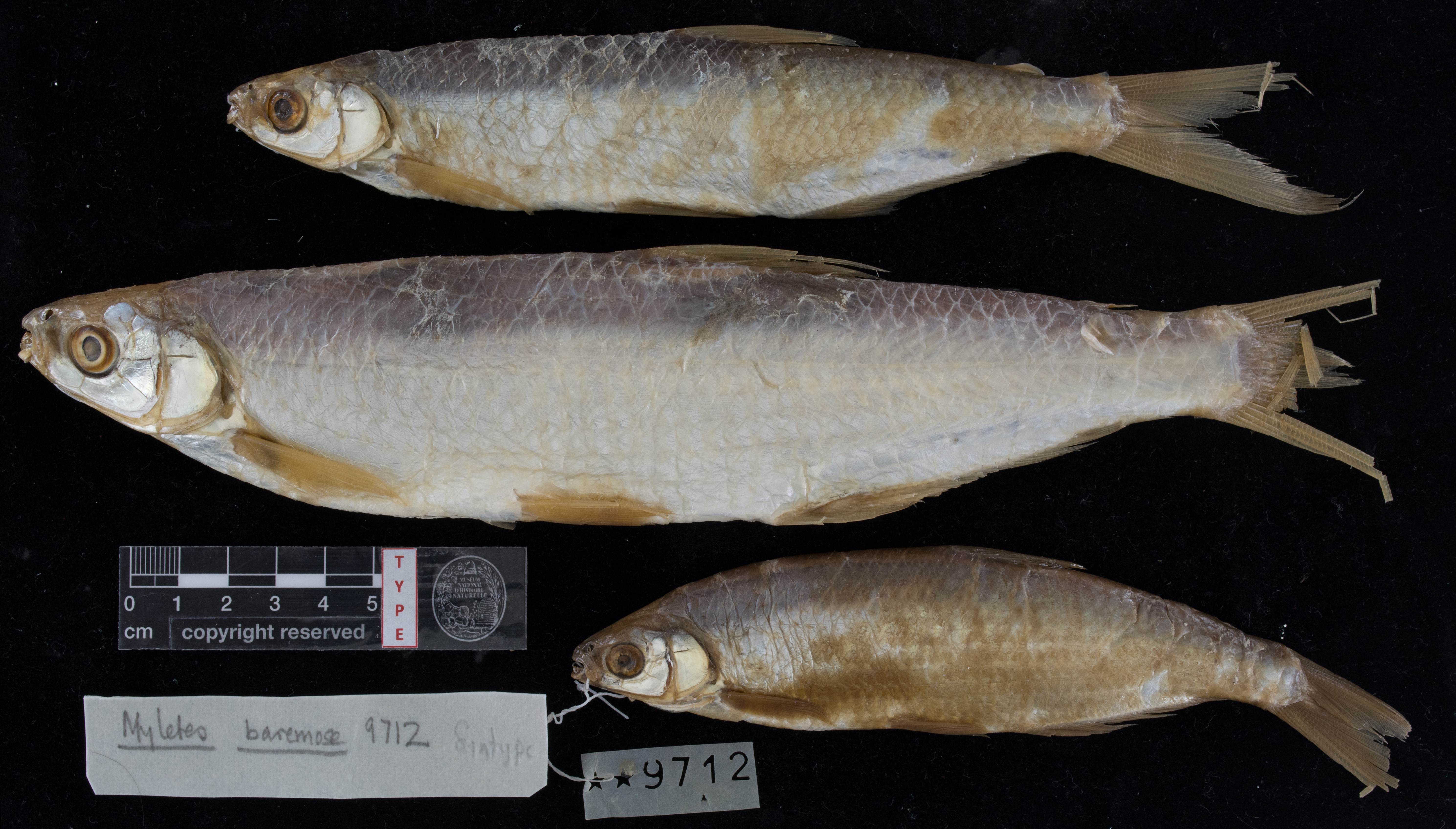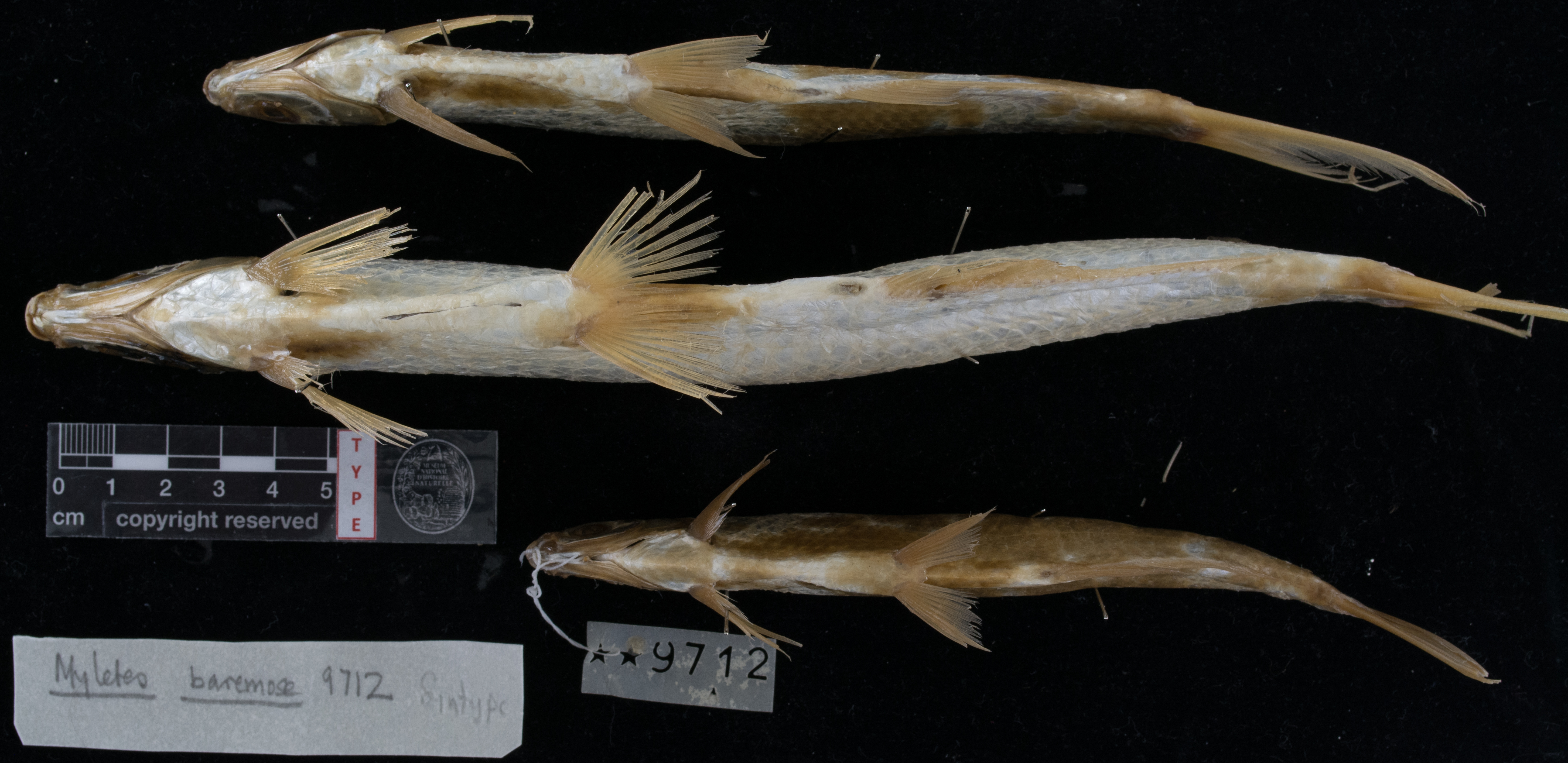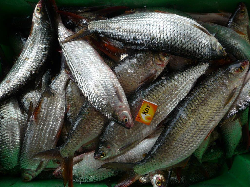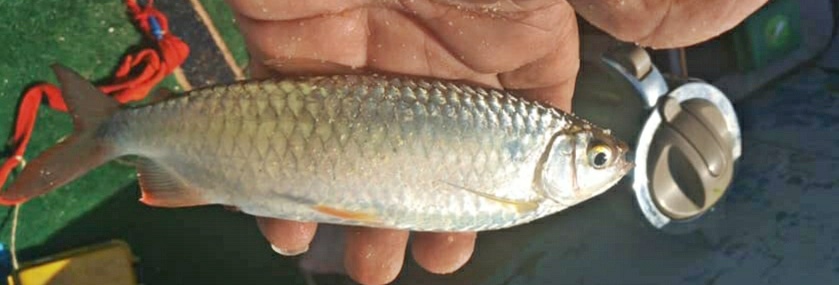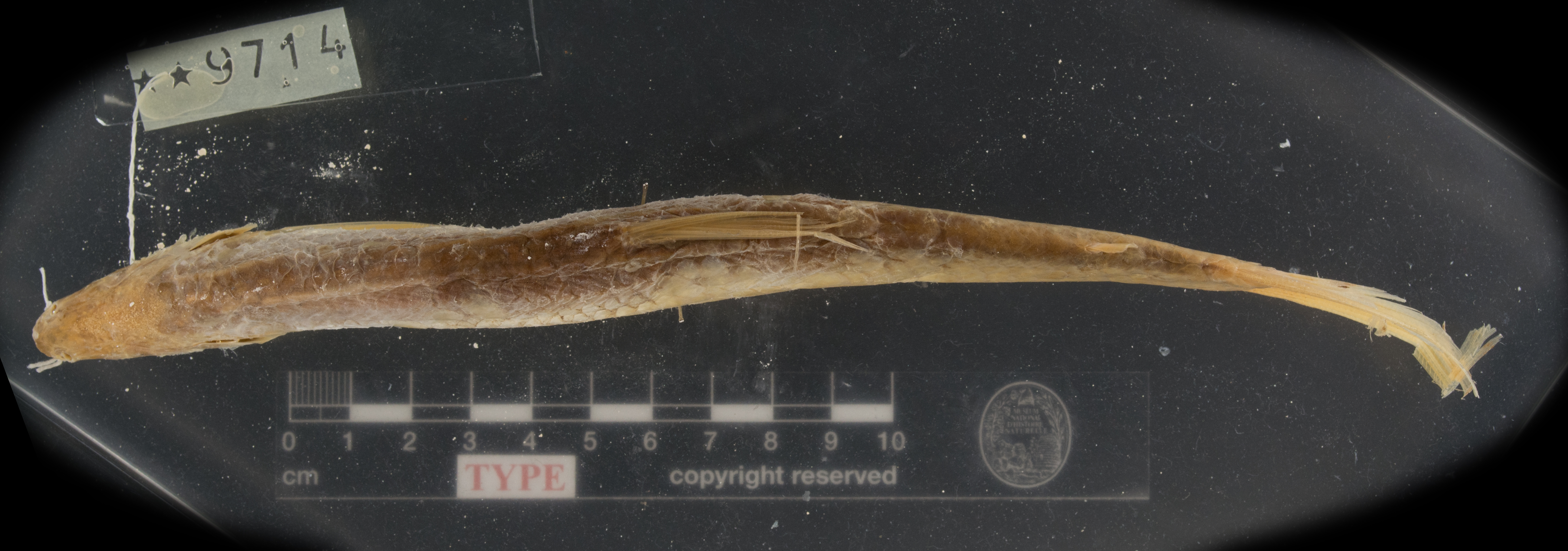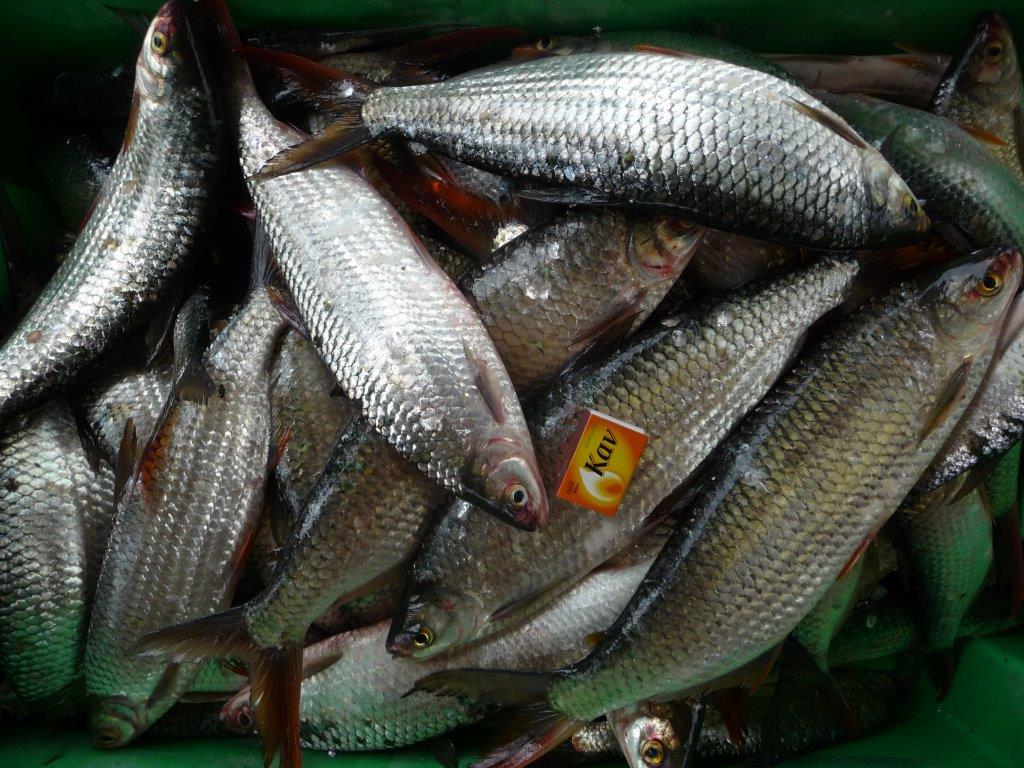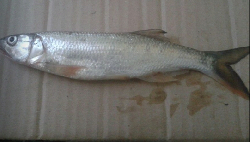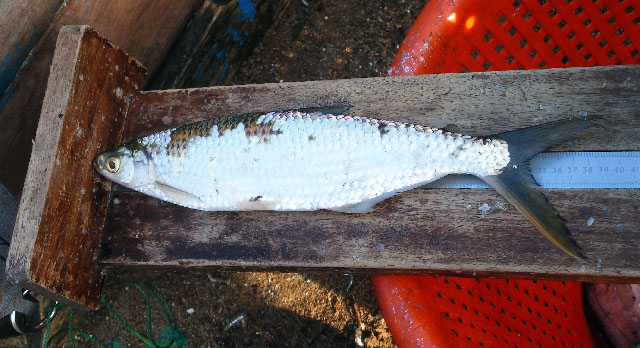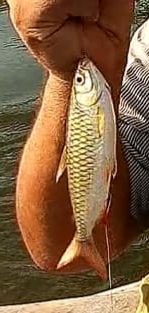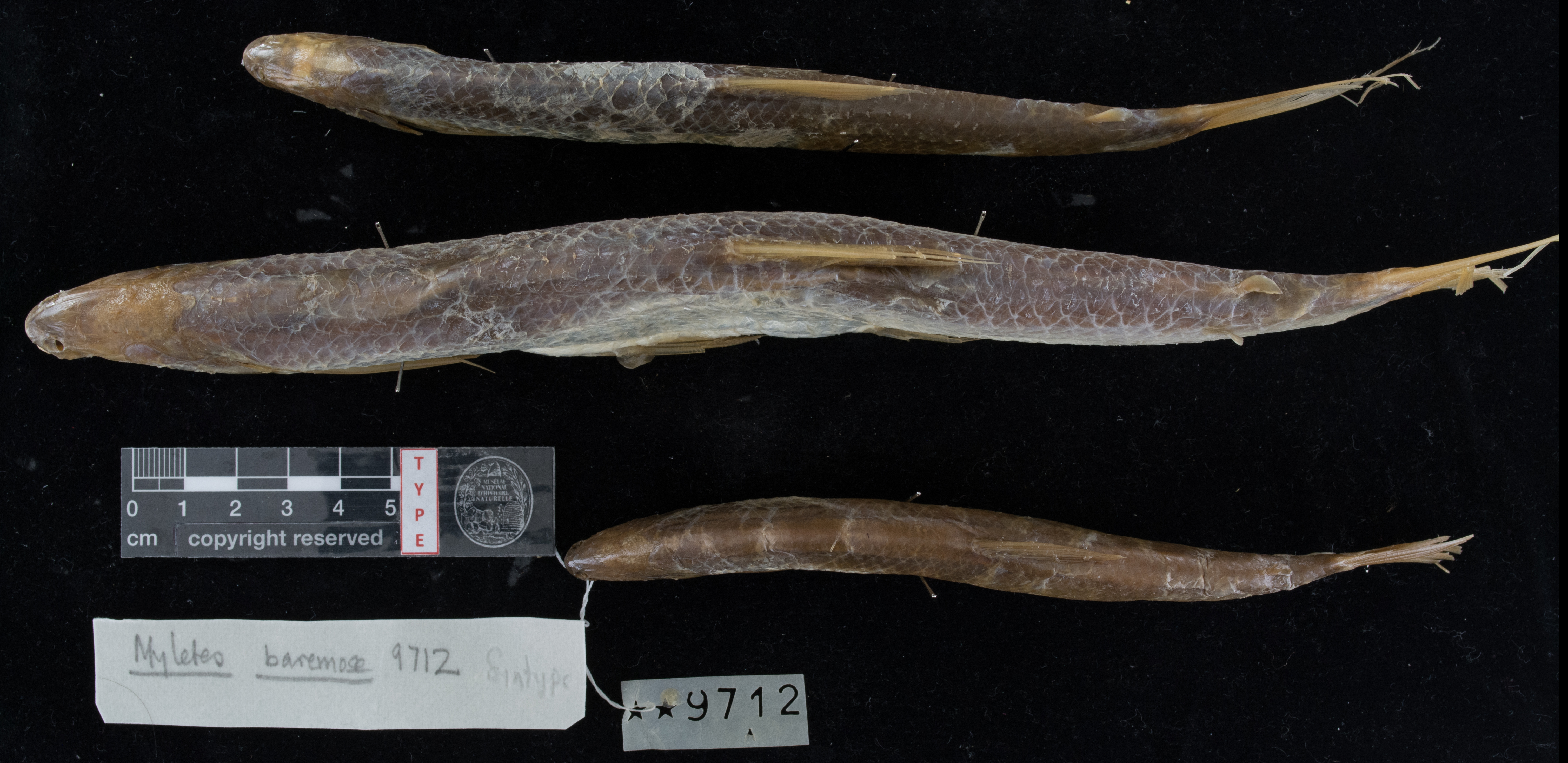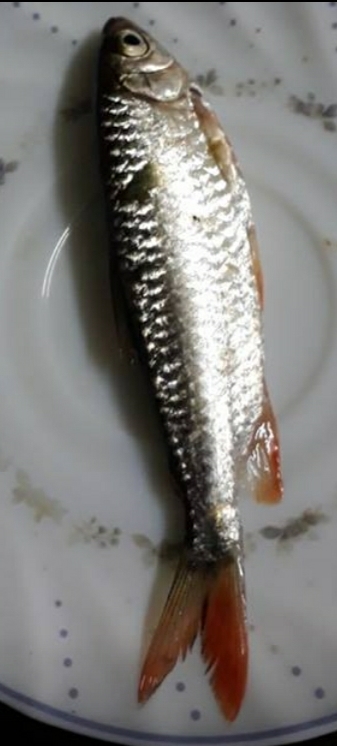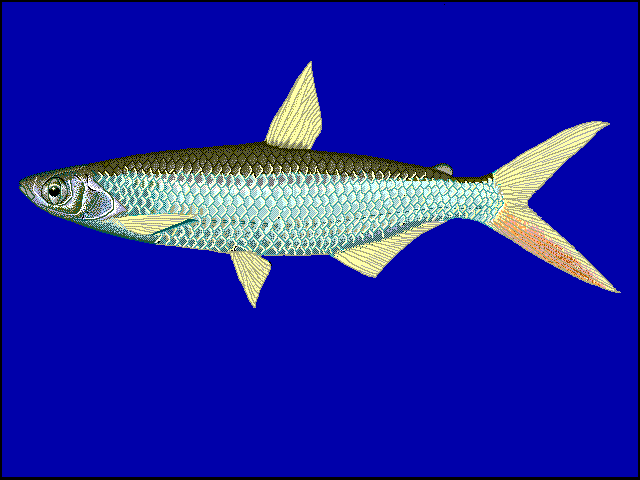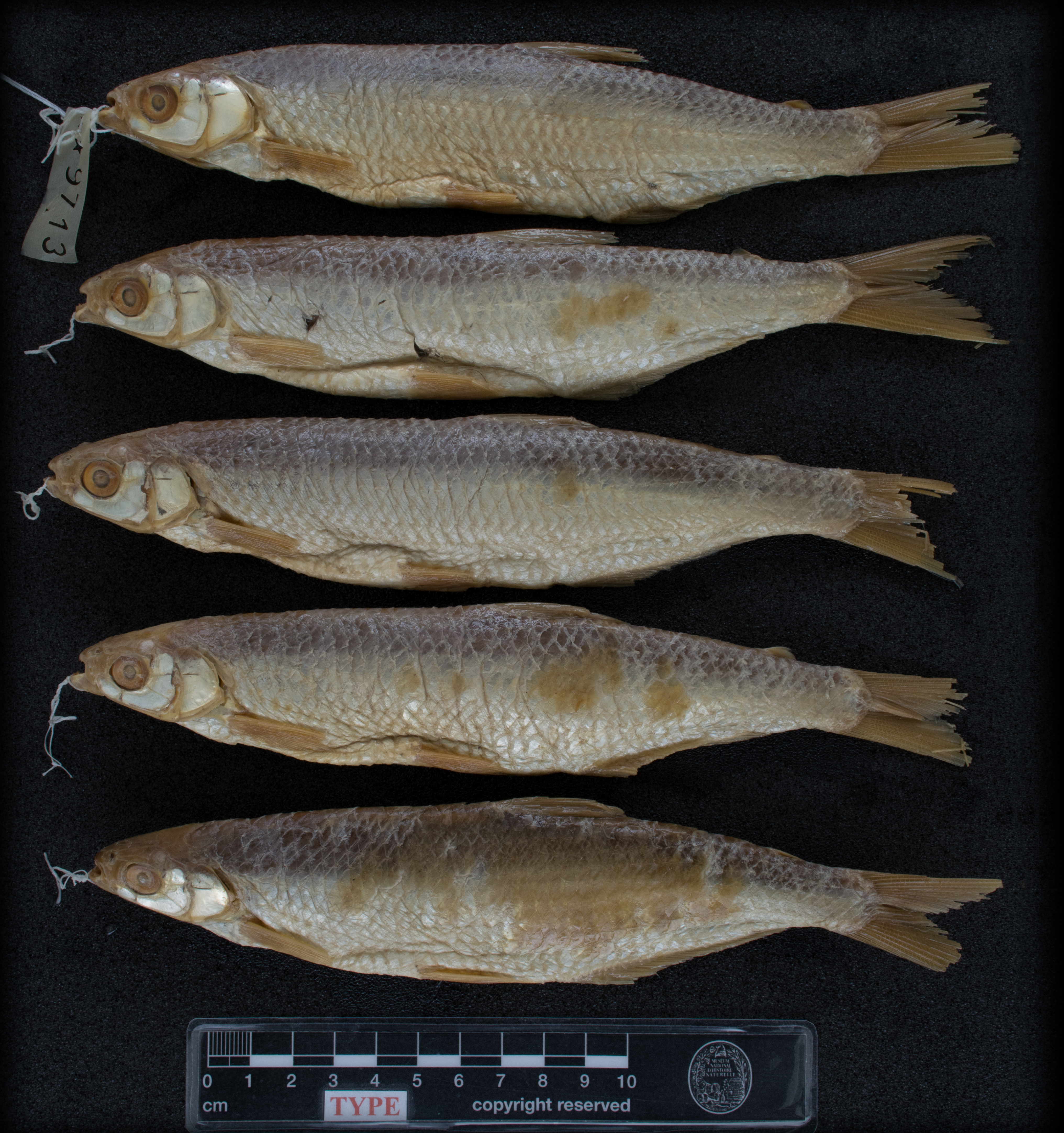Alestes baremoze (Joannis, 1835)
Description
Dorsal spines (total): 0; Dorsal soft rays (total): 10; Anal spines: 0; Anal soft rays: 22 - 31; Vertebrae: 41 - 49. Diagnosis: at least 30 gill rakers on lower limb of first gill arch (30-41); 38-51 lateral line scales, with 7.5-9.5 above and 3.5 below; anal fin with three simple rays and 19-28 branched rays; dorsal-fin origin distinctly behind level of pelvic-fin insertions (Ref. 2759, 81279).
Common Names
Taxonomic Hierarchy
Kingdom: Animalia
Phylum: Chordata
Class: Teleostei
Order: Characiformes
Family: Alestidae
Genus: Alestes
Species: Alestes baremoze (Joannis, 1835)
Climate Zone
Location
Biology
Mainly diurnal. There is considerable flexibility in its diet, A. baremoze shifts from zooplankton to zoobenthos, detritus and macrophytes as plankton densities decline (Ref. 28714). Occurs at a temperature range of 14.6-35.0°C. In the Malamfatori area (Tchad), seine-net fishery on the River Yobe depends on seasonal upstream (from Lake Chad) and downstream migration during the flood (August-December) and dry (January-March) seasons, respectively. Also, there is an intensive gillnet fishery from July-October at the river mouth. A. baremoze moves offshore (in Lake Chad) beginning March.
Habitat
benthopelagic

